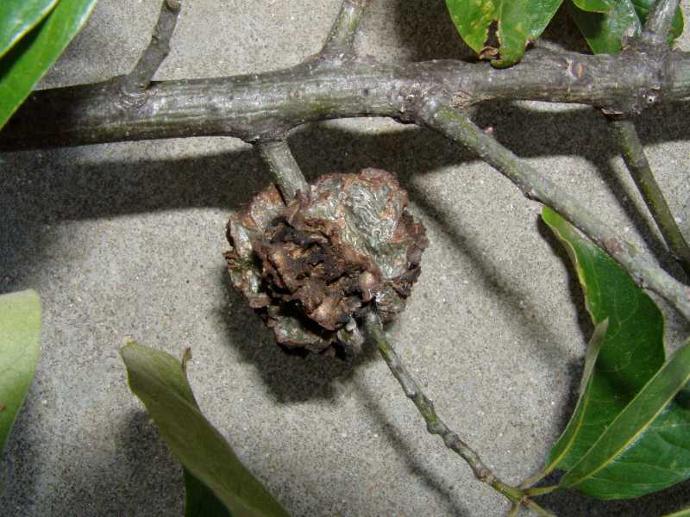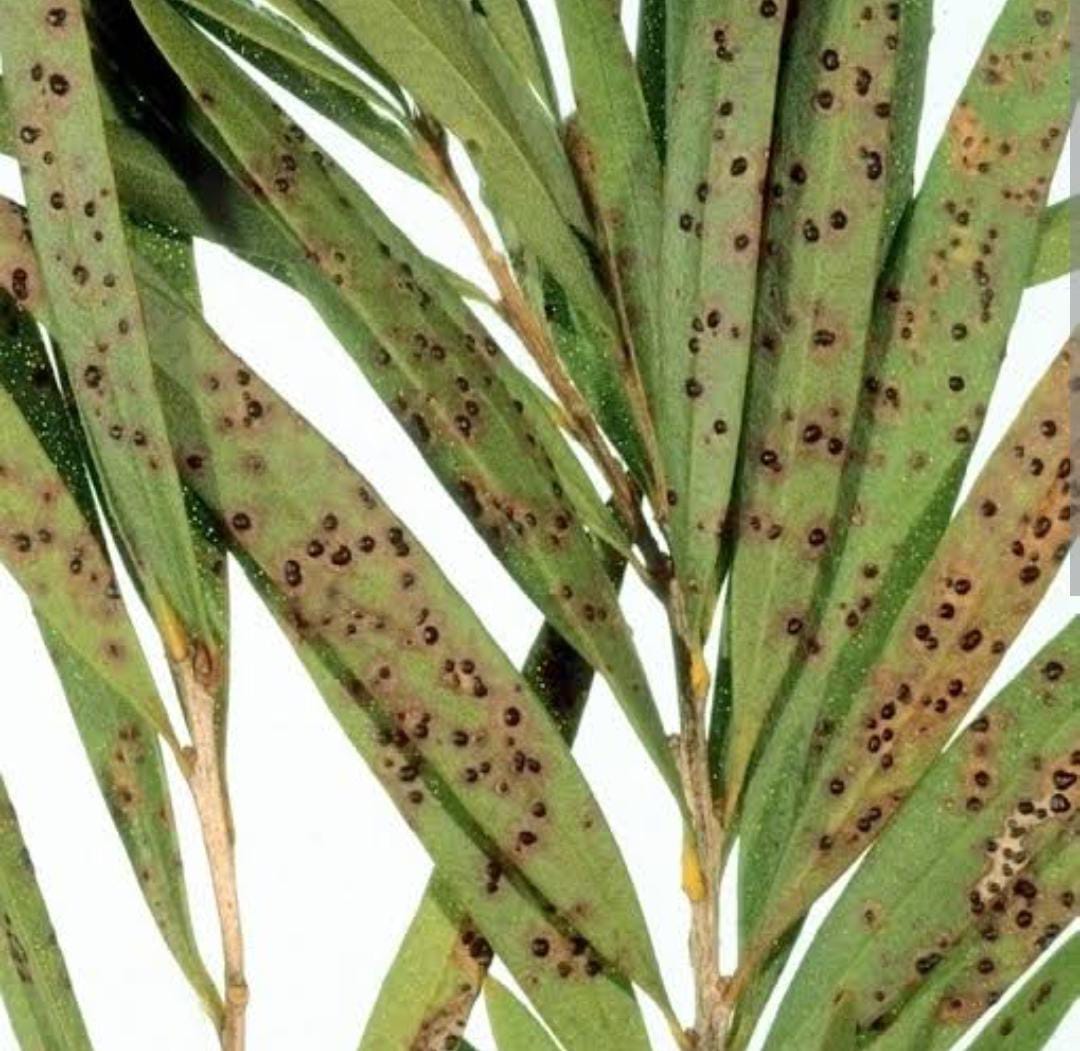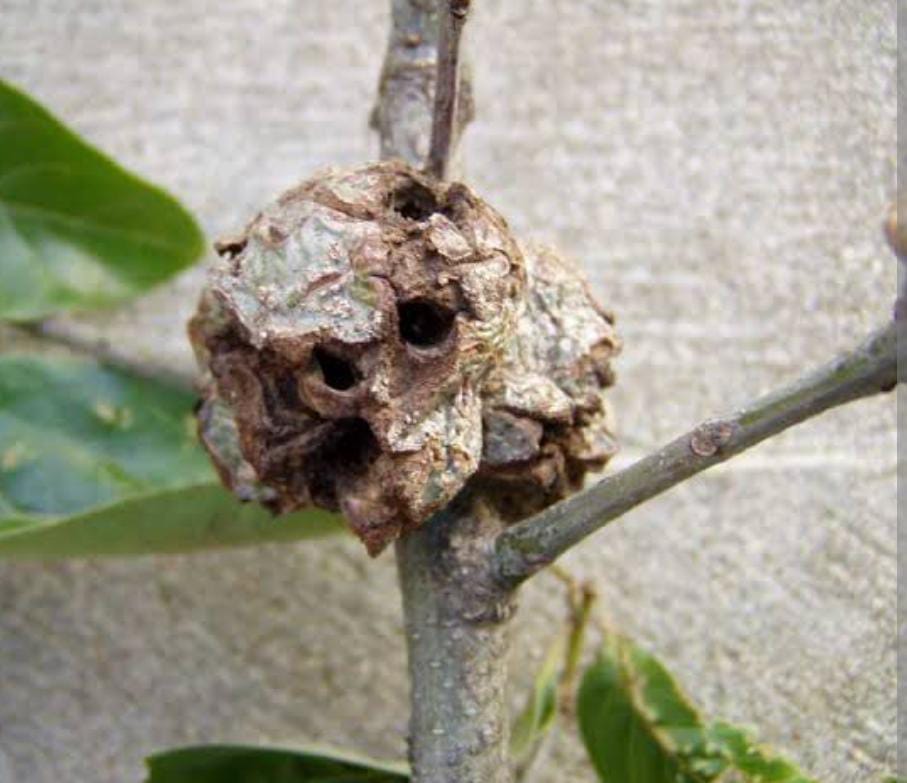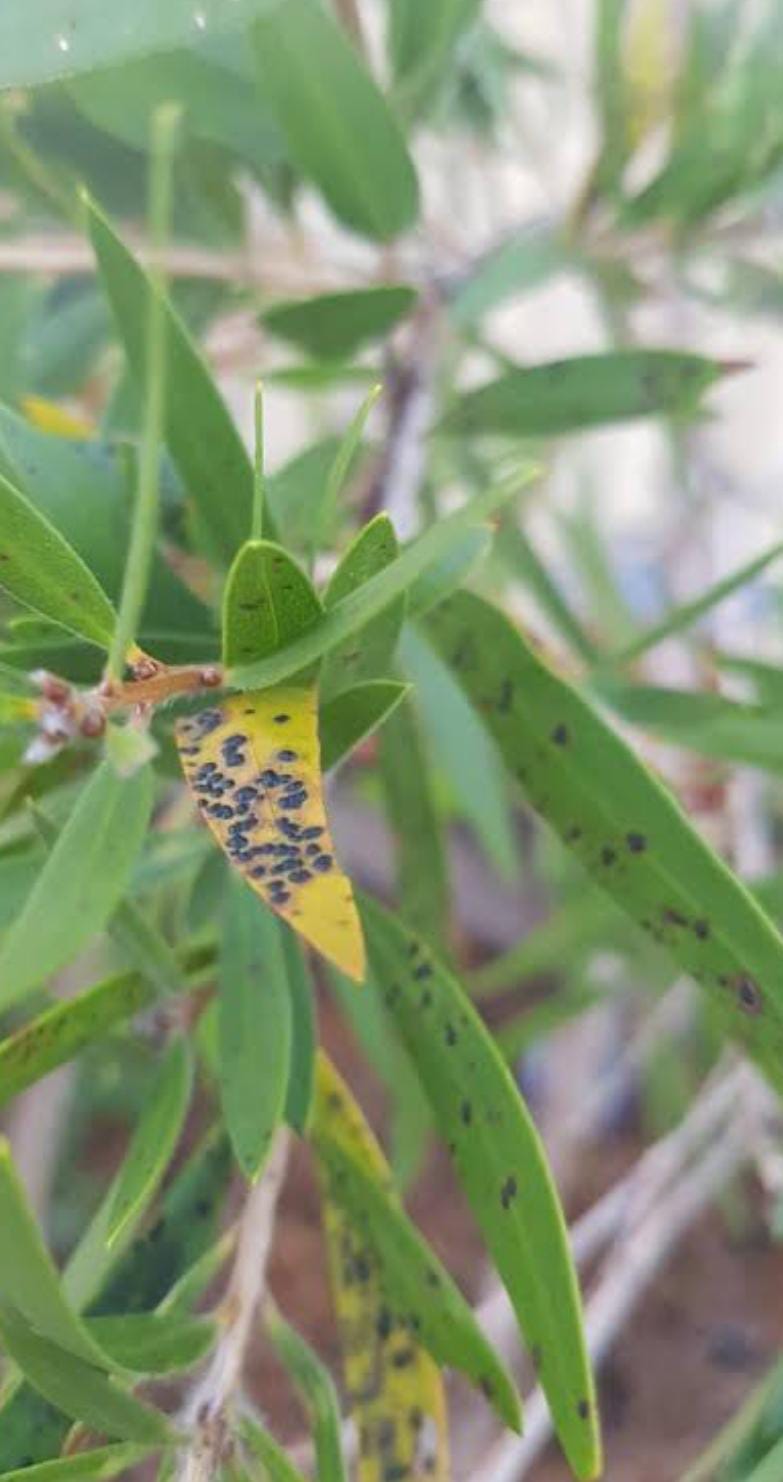Bottle Brush Plant
Bottle Brush, or Callistemon, is an outdoor shrub with unique bottlebrush-like flowers. Plant in well-draining soil with full sun exposure. Water consistently and prune to shape the plant. Fertilize during the growing season for optimal flower production.

Habit
Shrub
Height
1-3 m
Growth
Moderate
Soil
Well Drained, Loamy
Shade
Full Sun
Moisture
Moist
Edible
No
Medicinal
No
Origin
Australia
Climatic Condition
Warm, Temperate
Temperature (°)
15-30°C
Humidity (%)
50-70%
Potting media
Loam + Sand
Fertilizers
Balanced NPK (10:10:10
Watering
Regular watering
Plant Weight
500-1000 g
Flowering Time
Spring to Summer
Soil Ph level
6.0-7.5
Water Ph level
6.5-7.0
Soil EC
1.0 dS/m
Yield Per Plant
Moderate yield
NPK ratio
10:10:10
life Span
10-20 year
Health Benefits
Attracts pollinators, ornamental
Suggested Grow Media or Potting Mix ?
50% sandy soil, 30% perlite, 20% compost
Suggested Fertigation/Fertilizers
Fertilize every 4 weeks with a balanced fertilizer.
Common Diseases and Remedies
Leaf blotch, twig gall.
Premature defoliation, leaf spots, shoots drop.
Neem oil, avoid excess irrigation, Jeevamrutham.
HEALTH BENEFITS
· Antimicrobial properties; used in traditional medicine for infections.
· Tea made from the leaves may aid digestion.
· Antioxidant-rich, potentially helping with inflammation.
What Is An Bottle Brush ?
Callistemon is a genus of shrubs in the family Myrtaceae, first described as a genus in 1814. The entire genus is endemic to Australia, but is widely cultivated and naturalized in scattered locations in many other regions.
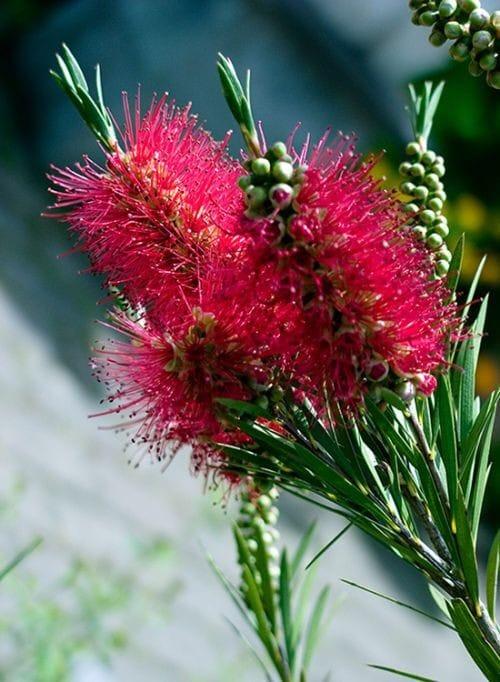
What Are The Different Types Of Bottle Brush Plants?
1. Red Alert
Red Alert rarely blooms, making it ideal for minimal-maintenance gardens. Instead, it produces bright red new leaves during the fall months and also in the spring, providing a nice contrast to the bright foliage the rest of the year.
2. Better John
Callistemon was developed as a further development of Little John. Reaching just 60cm to 1.2m in height and 60 to 90cm in width, it retains the small size of its parent plant, but is easier to grow, roots faster and produces bright blue-green leaves. Small deep red flowers bloom from September to November.
3. Slim
Callistemon viminalis is ideal for hedging, especially in small confined spaces. It naturally grows up to 3m in height and 1.3m in width, but can be cut back to about 1.5m x 60cm. Requires minimal pruning and unlike most callistemons, its branches extend all the way to the ground, leaving no ugly gaps in your hedge.
4. Green John
Green John is an exquisite little bottle brush no more than 1 meter tall. The new lime green leaves are longer than those on Little or Better John, but then the leaves mature to a deeper green colour. Beautifully shaped red brush flowers form a beautiful contrast with the dense foliage. Grows up to 1 meter in height and 60 cm in width.
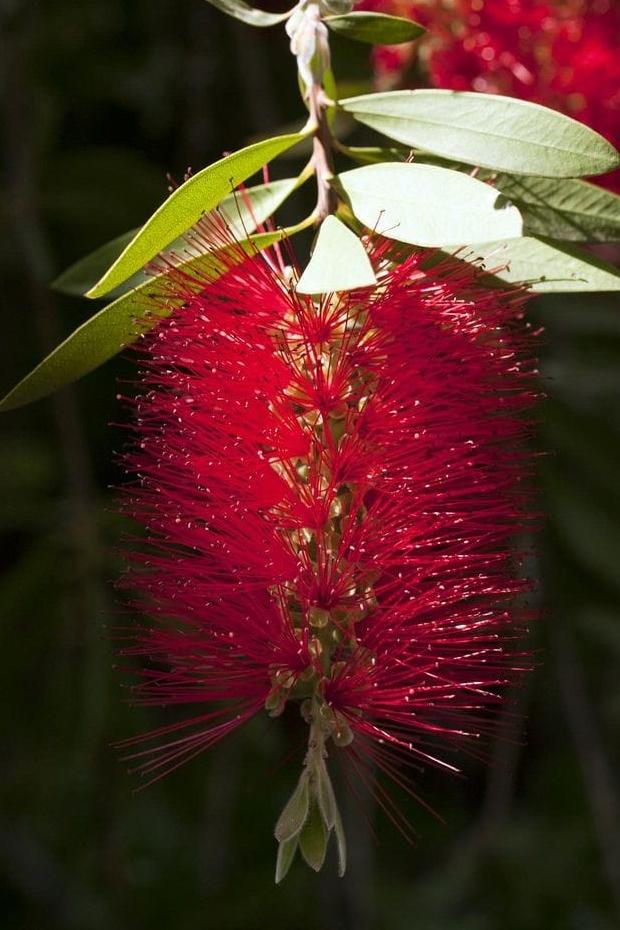
How to Care Bottle Brush Plant ?
1. Location
Bottlebrush grows in well-drained soil and prefers full sunlight. Once established, it is relatively drought tolerant, but regular watering is important, especially during dry periods. In its native Australia, it commonly grows on riverbanks and other areas with access to water.
2. Sunshine
Full Sun , For the most beautiful blooms, plant Bottlebrush in a location that receives full sun. Full sun means at least 6 hours of direct sunlight per day. These plants tolerate drought once established. Prefers moist but well-drained soil.
3. Soil
Soil Type Loamy, sandy, loamy, well-drained
4. Hydration
Bottlebrush is a very drought tolerant plant once fully established. However, young plants require moderate watering. Water once a week in spring and summer, and only when the soil is dry. Keep the soil moist, but don't overwater. This will help prevent the development of fungal diseases such as root rot.
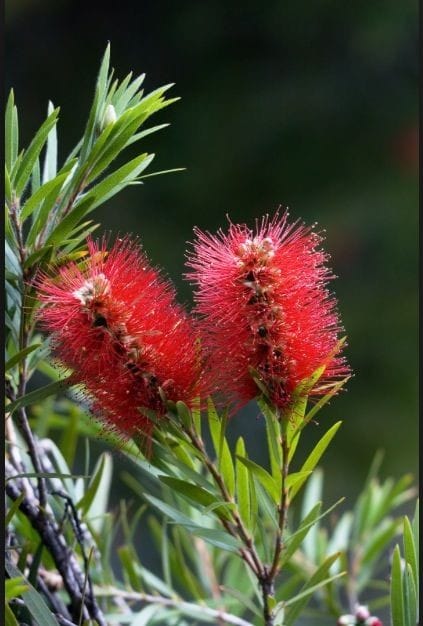
5. Nourishment
Bottlebrush can be fertilized two to four times a year. Fertilize small trees with half a cup of Sunniland 6-6-6 every three months. For larger trees, fertilize in March and September with 2 to 3 pounds of Sunniland 6-6-6 or Espoma Tree-Tone, spread lightly over the entire root base. Do not overfertilize.
6. Issues
Bottle brushes are not affected by pests. However, if the soil is too wet, fungi and twigs that damage the roots and crown can become a problem. If new branches appear to be growing, remove them and allow the soil to dry. To prevent diseases, make sure the bottle brush has good air circulation and keep the plants dry.
What are the Benefits of Bottle Brush ?
These are woody and aromatic trees. Various components of this herb are used in common remedies to treat diarrhea, dysentery, and rheumatism. In folk medicine, it is also used as a water accent, cough suppressant, bronchitis, and as an insecticide. Countless medicinal properties and therapeutic uses
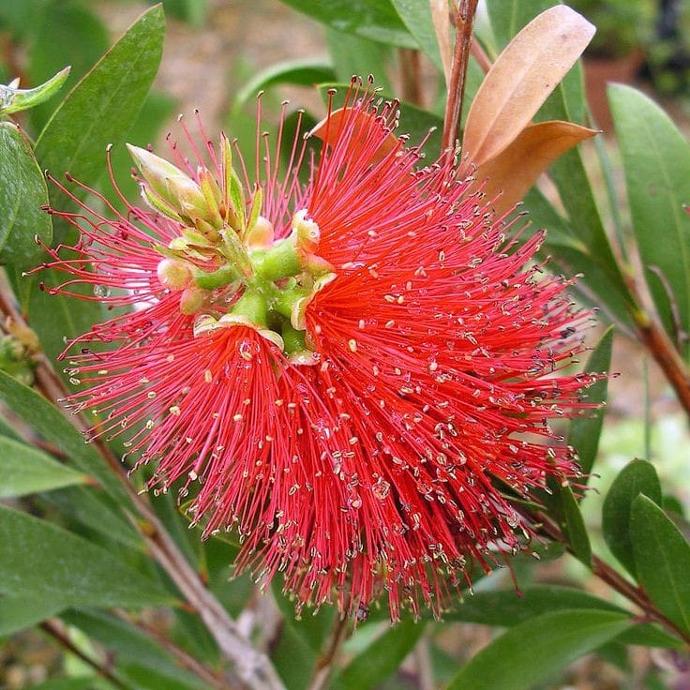
FAQs About Growing Bottle Brush
1. Why is bottlebrush important ?
Some Australian Aboriginal cultures used bottlebrush flower nectar as a sweet drink. The bottlebrush tree is native to Australia and is known for its distinctive brush-like flowers that resemble bottlebrush. These trees are also popular with birds and butterflies as they provide a good source of nectar.
2. What are the properties of bottle brush ?
This bottlebrush grows like a tree and can reach a height of 4.5 to 9 meters. It is drought tolerant and hardy, with attractive narrow leaves and white, papery bark. The flower stalks are usually white, cream, or light green, but pink, red, and purple varieties also exist.
3. What are the disadvantages of bottle brush tree ?
Bottlebrush is mostly pest resistant , Drooping, yellowing foliage. Low amount of water leads to Shriveling, drying. Signs of too much sun: Burning, fading colour. Signs of too little sun: Etiolation, discoloring.
4. What is the common name for bottle brush in India ?
Cheel (Hindi: चील) | Common name: Bottle brush, Barap lei
